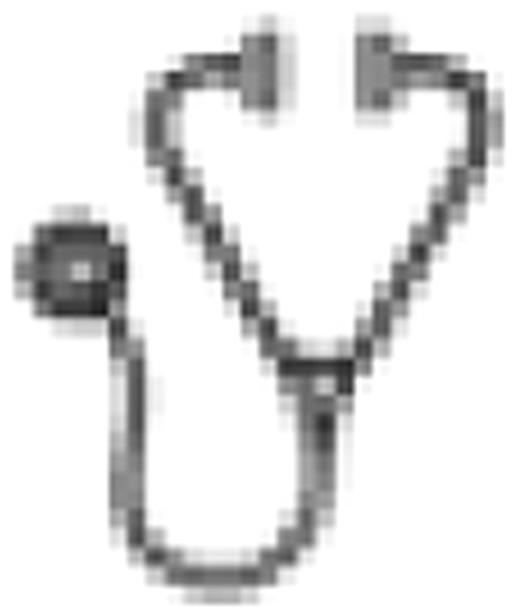Abstract
Hemorrhagic cystitis is a serious complication after hematopoietic stem cell transplantation (HSCT). The pathogenesis of hemorrhagic cystitis is not fully understood and is influenced by BK virus infection, type of transplant, conditioning regimen, stem cell source, and graft-versus-host disease. Nothing is known about human genetic factors and the development of BK virus-associated hemorrhagic cystitis in patients after HSCT. Toll-like receptors (TLR) are essential components of the innate immune system. TLR have been discovered as the most important class of pattern recognition receptors, involved in the host defense against bacteria, viruses, fungi, and protozoa. C3H/HeJ mice that lack functional TLR4 receptors did not develop cystitis after intravesical instillation of E. coli. Individuals with the Asp299Gly polymorphism of the TLR4 gene showed a diminished inflammatory responsiveness to endotoxin. Because of the requirement of TLR4 in inflammatory response we hypothesized that TLR4 Asp299Gly reduces the risk of BK virus-associated hemorrhagic cystitis after hematopoietic stem cell transplantation (HSCT). 166 children (median age, 13 years) with acute lymphoblastic leukemia (n=72), acute myeloid leukemia (n=38), myelodysplastic syndrome (n=21), chronic myeloid leukemia (n=12), genetic disease (n=12) or severe aplastic anemia (n=11) who underwent allogeneic bone marrow (n=105) or peripheral blood stem cell transplantation (n=61; T-cell depleted: n=31) in a single center and their respective donors were genotyped of TLR4 for rs4986790 (A896G, Asp299Gly) using TaqMan real-time polymerase chain reaction. The donor was HLA-matched unrelated in 57% of transplants or HLA-identical related in 33% of transplants. Conditioning regimen was myeloablative in all cases and based on total body irradiation in 48% of transplants or busulfan in 47% of transplants. Two forms of post-transplant immunosuppression predominated, cyclosporine A and methotrexate in 64% of transplants and cyclosporine A alone in 25% of transplants. The Asp299Gly variant was present in 21 of the 166 patients (12.6%) and in 24 of the 166 donors (14.4%). Interestingly, we found a significantly reduced incidence of BK virus-associated hemorrhagic cystitis in patients with the Asp299Gly variant (0% versus 22.8%, p=0.009). In addition, we observed a significantly reduced incidence of BK virus-associated hemorrhagic cystitis in patients who were transplanted from a donor with this specific variant (4.2% versus 22.5%; p=0.05). In ten of the donor-patient pairs the variant was present in both individuals and no hemorrhagic cystitis was observed. The occurrence of the TLR4 Asp299Gly variant, in either recipients or donors, had no significant impact on acute and chronic GVHD, relapse rate, bacterial and fungal infectious complications, transplant related mortality, and overall survival. In conclusion, the TLR4 Asp299Gly variant in the recipient and/or the donor confers strong protection against BK virus-associated hemorrhagic cystitis after HSCT in children. This study provides the first evidence that the innate immune system through TLR4 signaling pathway seems to play an important role in the pathogenesis of BK virus-associated hemorrhagic cystitis after HSCT.
No relevant conflicts of interest to declare.

This icon denotes an abstract that is clinically relevant.
Author notes
Asterisk with author names denotes non-ASH members.

This feature is available to Subscribers Only
Sign In or Create an Account Close Modal